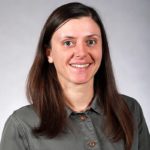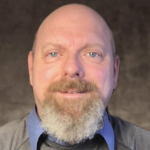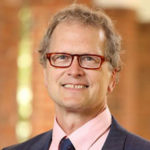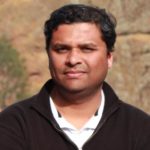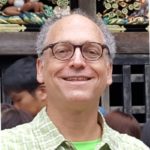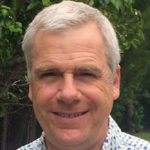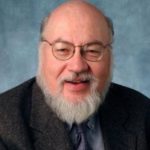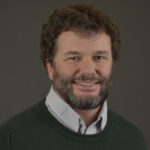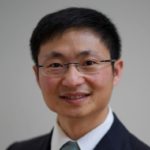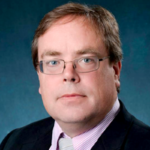I am the director at MIT Haystack Observatory (previously associate director from 2020; and previous to that – assistant director from 2015), Principal Research Scientist at MIT, and I also lead Haystack’s very productive Atmospheric and Geospace Sciences Group. I conduct fundamental research on the near-Earth space environment, primarily through radio-based experiments and data analysis using a variety of remote sensing techniques involving ground- and space-based data.
I am the lead principal investigator for the community-oriented Millstone Hill Geospace Facility (MHGF), a prime North American space science observatory sponsored by the National Science Foundation for mid-latitude ionospheric remote sensing and scientific analysis.
Recently, the Group has initiated direct measurements from low Earth orbit for ionospheric physics. I am the principal investigator for the forthcoming Auroral Emission Radio Observer (AERO), a NASA Heliophysics funded small satellite mission led by MIT Haystack. I am also a co-investigator on the Haystack-led and simultaneously launched NASA Vector Interferometry Space Technology using AERO (VISTA) small satellite mission.
I am a co-director of the education and public outreach efforts at MIT Haystack, spanning undergraduate research programs, graduate student interactions including graduate student committee membership, K-12 classroom units and outreach, and public Observatory tours and lectures.
I am an active member of the HamSCI collective for amateur-professional activities and research, engaging the 750,000+ amateur radio operators in the United States for fundamental ionospheric citizen science. This includes active amateur radio participation (call sign W1PJE).
I serve as a journal reviewer, public lecturer, workshop session convener (CEDAR, GEM, AGU Space Physics and Aeronomy), and member of various space science committees. These include the Committee on Radio Frequencies (CORF), convened by the National Academies of Science, Engineering, and Medicine (NAS) Board on Physics and Astronomy. CORF considers the needs for radio frequency requirements and interference protection for scientific and engineering research, and coordinates the views of U.S. scientists. In general, CORF acts as an important channel for representing the interests of U.S. scientists in Earth science and radio astronomy passive and active remote sensing matters.
My training in ionospheric physics and Thomson/incoherent scatter radar theory and practice (B.S. 1987; Ph.D., 1998) came from the seminal Space Plasma Physics group within Electrical Engineering at Cornell University, where my principal advisors and mentors were Donald T. Farley, Michael C. Kelley, and Wesley E. Swartz. I have been a Haystack staff member since 1995.
I grew up in Schenectady, NY, home of General Electric’s seminal Research and Development Laboratory, where both my mother and father worked (microbiology and metallurgy, respectively) and where the great Irving Langmuir, coiner of the word “plasma” for 99% of the known universe, conducted research. I live in central Massachusetts with many hobbies including music, photography, history of technology, and keeping up with my son James and art historian wife Sarah.
